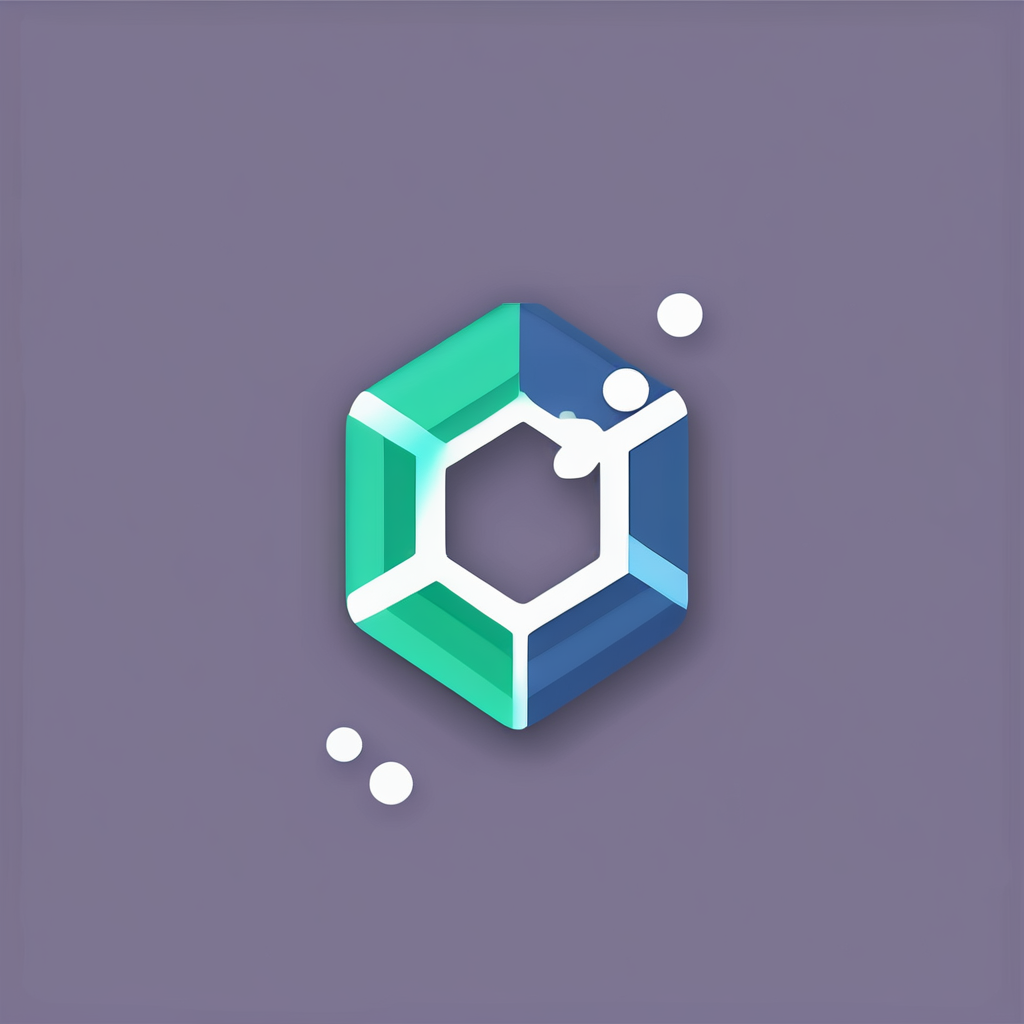Effective sales campaigns propel businesses toward success by tapping into audience insights and leveraging innovative strategies. From Nike’s celebration of women in sports to Heinz’s playful marketing twist, these examples illustrate how understanding customer preferences can boost engagement. This exploration equips entrepreneurs with practical tips and real-world case studies to craft campaigns that not only resonate but also drive results. Ready to elevate your business? Let’s dive in.
Overview of Sales Campaigns
Sales campaigns play a pivotal role in boosting revenue by strategically targeting customers with tailored offers and promotions. At their core, these campaigns are defined as short-term strategies aimed at increasing the demand for a product or service, often through eye-catching discounts or captivating marketing tactics. This page: https://plugins.longwatchstudio.com/product/sales-campaigns-subscription/ provides further details on orchestrating effective sales campaigns.
Additional reading : Elevating asset surveillance in uk sectors: unleashing iot innovations for real-time monitoring
Understanding what makes a successful sales campaign involves considering several key elements. These include setting clear objectives, like enhancing brand visibility or meeting specific sales targets, and identifying the right audience by analyzing buyer personas. Crafting messages that resonate with customers’ needs and using appropriate channels, such as email, social media, or even direct mail, are crucial for maximizing engagement.
Some of the most effective promotional strategies that enhance sales results include flash sales, holiday promotions, and BOGO offers. These not only create a sense of urgency but also appeal to the consumer’s love for value. Continuous monitoring and optimization through analytics ensure that campaigns remain aligned with the overarching business goals while adapting to market changes.
This might interest you : Explore top strategies for designing winning sales campaigns
Types of Sales Strategies
Common Sales Campaign Structures
Sales campaigns come in various shapes, each tailored to specific objectives and audiences. Buy One Get One (BOGO) is a prevalent model where customers receive an additional item for free, increasing the perceived value and stimulating purchases. Another classic structure is the flash sale, characterized by a limited-time offer that creates urgency and drives quick decision-making. Discounts based on cart totals also encourage higher spending, fostering engagement and conversion rates.
Seasonal Campaign Techniques
Leveraging seasonality, such as during holidays or special events, can amplify sales significantly. Halloween and Black Friday campaigns exemplify how tapping into a festive mood can boost revenue through themed promotions or limited-time discounts. These campaigns activate consumers’ desire to capitalize on deals, enhancing customer interaction. Partnering with holidays can make sales strategies feel relevant and timely.
Case Studies of Successful Campaigns
Exploring success stories, like Nike’s campaigns targeting women sports fans or Flo Health’s tailored content, exemplifies how understanding audience insights is vital. These campaigns, by creatively tapping into cultural moments and social trends, demonstrate the power of connecting emotionally with target demographics, ultimately elevating brand perception and market reach.
Crafting and Executing Sales Promotions
Steps for Effective Sales Campaign Planning
To initiate a successful sales campaign, start by identifying clear objectives using the SMART framework—Specific, Measurable, Achievable, Relevant, and Time-bound. Analyze historical data and develop target audience profiles based on interests and behaviors to tailor your campaign effectively.
Strategic Planning for Sales Promotions
Consider which sales strategies align best with your goals. Explore diverse types such as Buy One Get One Free, seasonal discounts, or limited-time offers like flash sales, which typically yield a transaction lift of 35%. Setting a definitive timeline and budgeting effectively are key to maintaining campaign focus and financial viability.
Guidelines for Successful Promotional Practices
Utilizing insights and audience data can greatly enhance the reach and impact of your sales promotion. Integrate analytics tools to continually monitor performance and adjust in real-time. Regular A/B testing allows the refinement of tactics, ensuring you adapt to evolving customer preferences and market conditions well.
By aligning objectives, strategies, and insights, businesses can craft memorable and engaging promotions. Remember, in the fast-paced world of sales, being adaptive and customer-focused is crucial for long-term success.
Measuring the Effectiveness of Sales Campaigns
Key Metrics for Evaluating Campaign Success
To evaluate the effectiveness of sales campaigns, focus on precise metrics such as conversion rates, which highlight how many prospects turned into buyers. Look at customer acquisition cost (CAC) to determine the expense of acquiring a new customer versus the revenue generated. Return on investment (ROI) is fundamental for understanding the profitability relative to campaign costs. Lastly, engagement metrics like click-through rates (CTR) and bounce rates offer insight into audience interaction with your campaign content.
Tools for Sales Performance Monitoring
Leveraging analytics tools is vital for tracking performance across multiple channels. Platforms such as Google Analytics, Salesforce, and campaign-specific tools like Sales Campaigns Subscription offer sophisticated tracking capabilities. These tools help in monitoring real-time data and customer behaviors, allowing businesses to adjust strategies dynamically to optimize outcomes. They consolidate and present data in an accessible format for decision-makers.
Adapting Strategies Based on Data Insights
Analyzing data insights assists in refining sales strategies. For instance, if certain product promotions experience low conversion, adjusting the target audience or offer can enhance results. Regular A/B testing of campaign elements like headlines, visuals, and CTAs can lead to better engagement and conversion. This adaptive approach ensures campaigns remain effective and aligned with market trends.






